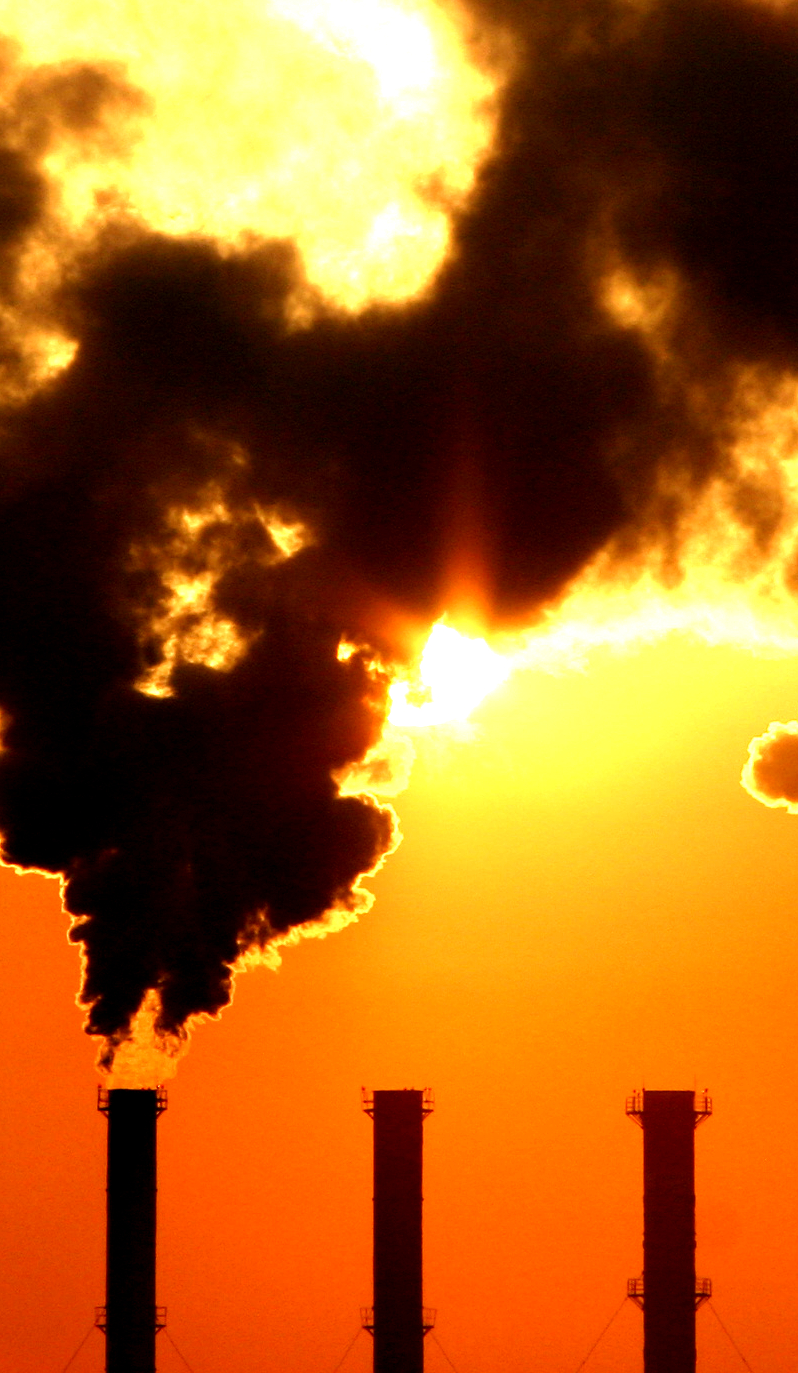Push to put eyes on air
 With environmental risks on the rise, experts are calling for a new air pollution monitoring body.
With environmental risks on the rise, experts are calling for a new air pollution monitoring body.
A team of researchers from Australia’s leading universities have put out the call for evidence-based, accurate, practical and consistent advice on health protection against bushfire smoke.
Professor Sotiris Vardoulakis, Professor of Global Environmental Health at ANU, says Australia needs a holistic approach to the risks from bushfires and smoke.
“We need to be better prepared for the next bushfire season which is not far away. We can’t wait until the results of a royal commission are published. We should take action now – the last season highlighted the urgency,” said Professor Vardoulakis.
Professor Vardoulakis said current health protection advice related to bushfire smoke focuses on short-term measures and is “impractical” over the longer periods of high air pollution levels such as those experienced over the summer.
“Telling people to stay indoors or reduce physical activities outdoors isn’t sufficient. Smoke pollution levels vary over hours and days and can change quickly. For this reason, we need hourly averaged particulate air pollution – PM2.5 data – reported in real-time,” he said.
“More nuanced advice would encourage individuals to be guided by location-specific air quality forecasts and the pattern of hourly PM2.5 concentrations at nearby air quality monitoring locations. It would also mean people could better plan their daily activities in ways that minimise exposure to pollution,” said Professor Vardoulakis.
“For example, PM2.5 was lower in most locations in Sydney in early morning hours during the December 2019 bushfire smoke episode. Exercising outdoors and cycling or walking to school or work within this time window would help maintain good physical activity levels without substantially increasing exposure to smoke.”
The team has published a paper in the Medical Journal of Australia highlighting the importance of accurate advice along with consistency between states in the way air quality is measured and communicated to the public.
It also calls for increased air quality monitoring capabilities at state and territory level, including fixed monitoring sites and portable equipment that can be rapidly deployed in a bushfire emergency.







 Print
Print